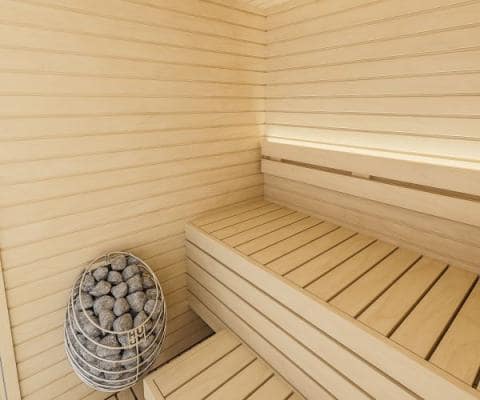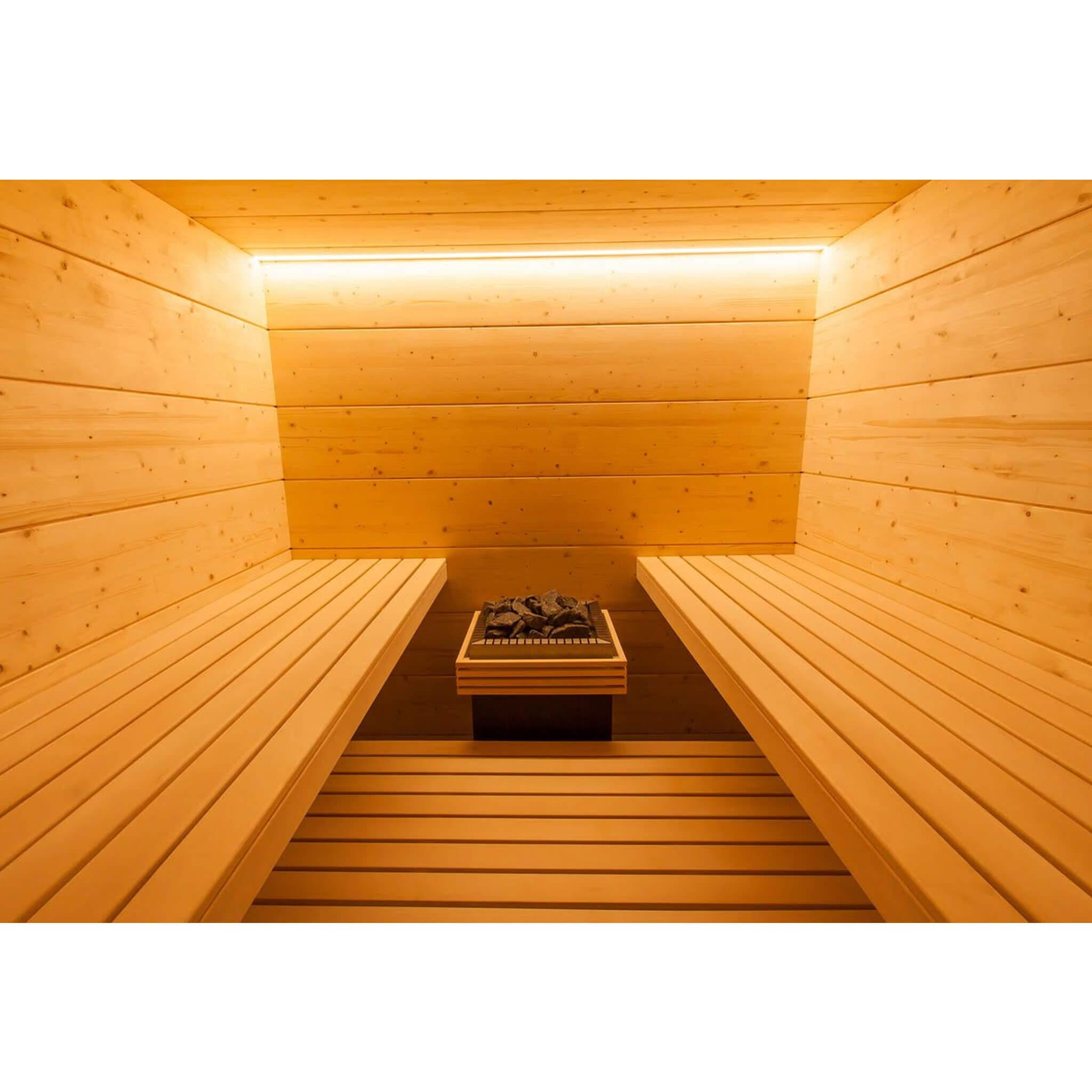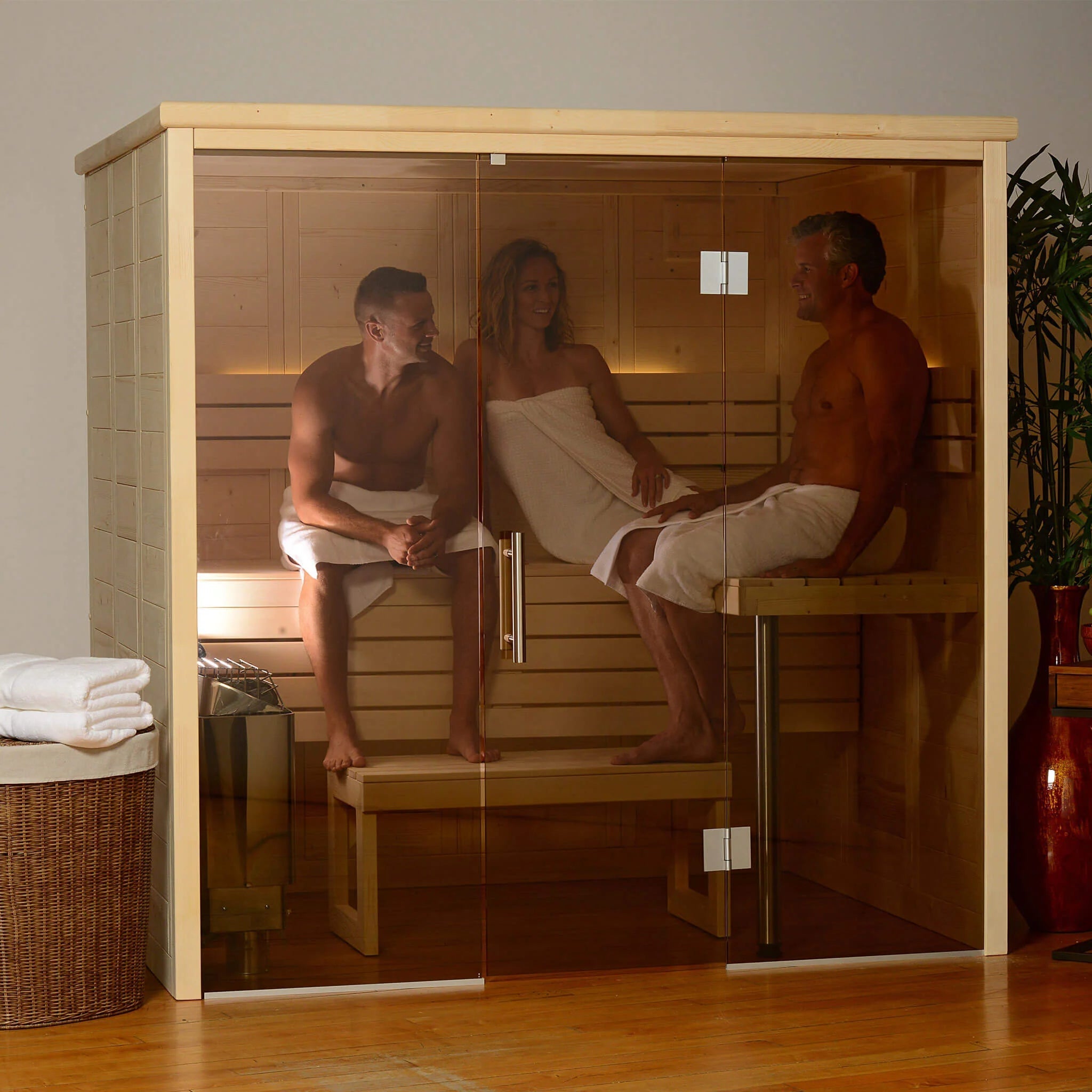Examine This Report about Traditional Sauna
Table of ContentsRumored Buzz on Traditional SaunaTop Guidelines Of Traditional Sauna4 Simple Techniques For Traditional SaunaTraditional Sauna Can Be Fun For AnyoneAn Unbiased View of Traditional Sauna
A lot of the weight lost in a sauna is water loss and is re-gained upon rehydrating. However, undeniably sauna can be a vital part of a healthy and balanced weight-loss program. To look at the distinctions in between typical and IR saunas, I will separate these into verifiable, theoretical, and fabricated distinctions.Thus, the hottest point in the saunawhich goes to the ceiling directly above the sauna heateris normally in between 185 and 190 F. Claims that a typical sauna surpasses 200 F is merely not real and not suitable for electrical saunas marketed in the United States. The temperature level for a far-infrared sauna is generally established between 120 and 140 F; nonetheless, unlike the standard sauna, the goal in and IR room is not to achieve a high temperature.

When a typical sauna has been properly warmed, the sauna walls are warm, the air temperature level has achieved set temperature and the rocks are extremely heated. As an interesting side note, the warmed walls and the rocks are giving off far-infrared heat, incorporated with the heated air, to develop an "covering warmth".
The Buzz on Traditional Sauna
When the high temperature is attained, the elements cycle on and off to keep the heat. A lot of typical sauna customers appreciate pouring water over the rocks to create heavy steam to elevate sauna moisture levels. The benefits of pouring water over the rocks consist of: making the area much more comfy, dampening the nasal flows, and enabling the use of aromatherapy by blending necessary oils with the water.

When the power goes into the body, it triggers the body temperature level to raise and inevitably causes sweating. In an infrared sauna it's crucial for the emitters/heaters to continue to be on virtually frequently. Given that there is no mass of rocks to preserve heat, the sauna will cool if the emitters closed off.
Examine This Report on Traditional Sauna
As stated over, the sauna bather in an infrared space desires to position himself before running emitters to get optimal gain from the warmth. The home heating time for the two spaces can be very various, depending on exactly how the rooms are made use of. For a conventional sauna, a bather must enable 30-40 mins for the space to attain a preferred temperature level and to appropriately pre-heat the rocks.

A well useful content built sauna will commonly achieve a temperature of 150-160 F in concerning 30-40 mins. For hotter temperature levels, the space might require to heat for a longer duration.
To some, 15 mins was "wasted" while the infrared energy heated the wood panels instead than warming a body, while others find a pre-heated room to be more comfy and think a raised starting temperature is essential to begin perspiring. The length of recommended usage for every area is about the very same (10-15 mins per session); nevertheless, due to the lower air temperatures and the ability to really feel the results of infrared heat faster than a typical sauna, it is not unusual for an individual to invest an overall of 20-30 minutes in an infrared sauna.
Not known Factual Statements About Traditional Sauna

The typical price per kWH of electrical power in the U.S. is around $0.11, so a 4.5 kW heating system will cost approximately $.50 to compete one hour, if the heater runs constantly for one hour. Typically a sauna heating unit will certainly run for 75% of the very first hour and 50% of succeeding hours on given that the elements cycle once the established temperature is achieved.
A two person far-infrared area is generally physically smaller than a standard sauna, frequently concerning 4' x 4' or smaller sized. The IR heating system is usually 1.5-1.7 kW utilizing a 120 volt 15 amp plug-in solution. Since the space can be utilized faster than a sauna space, we will assume the room is used for to of an hour including heat up time.
Ultimately, there is a hardly ever discussed difference in the social experience between the 2 rooms. While our society has lost a few of the social benefit of the conventional sauna experience, it can be extremely socially satisfying (Traditional Sauna). From family members time in the sauna, to heart-felt discussions with loved ones, to sauna partiesthe traditional sauna experience can lead to intimate socializing
Traditional Sauna Fundamentals Explained
Most greater end infrared rooms include tinted light treatment, noise systems and full-glass fronts.